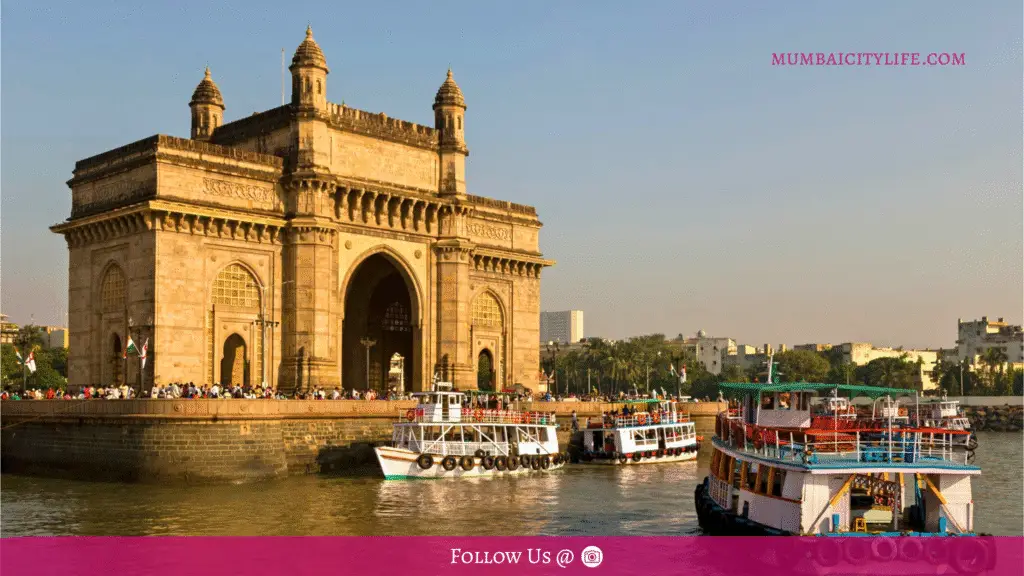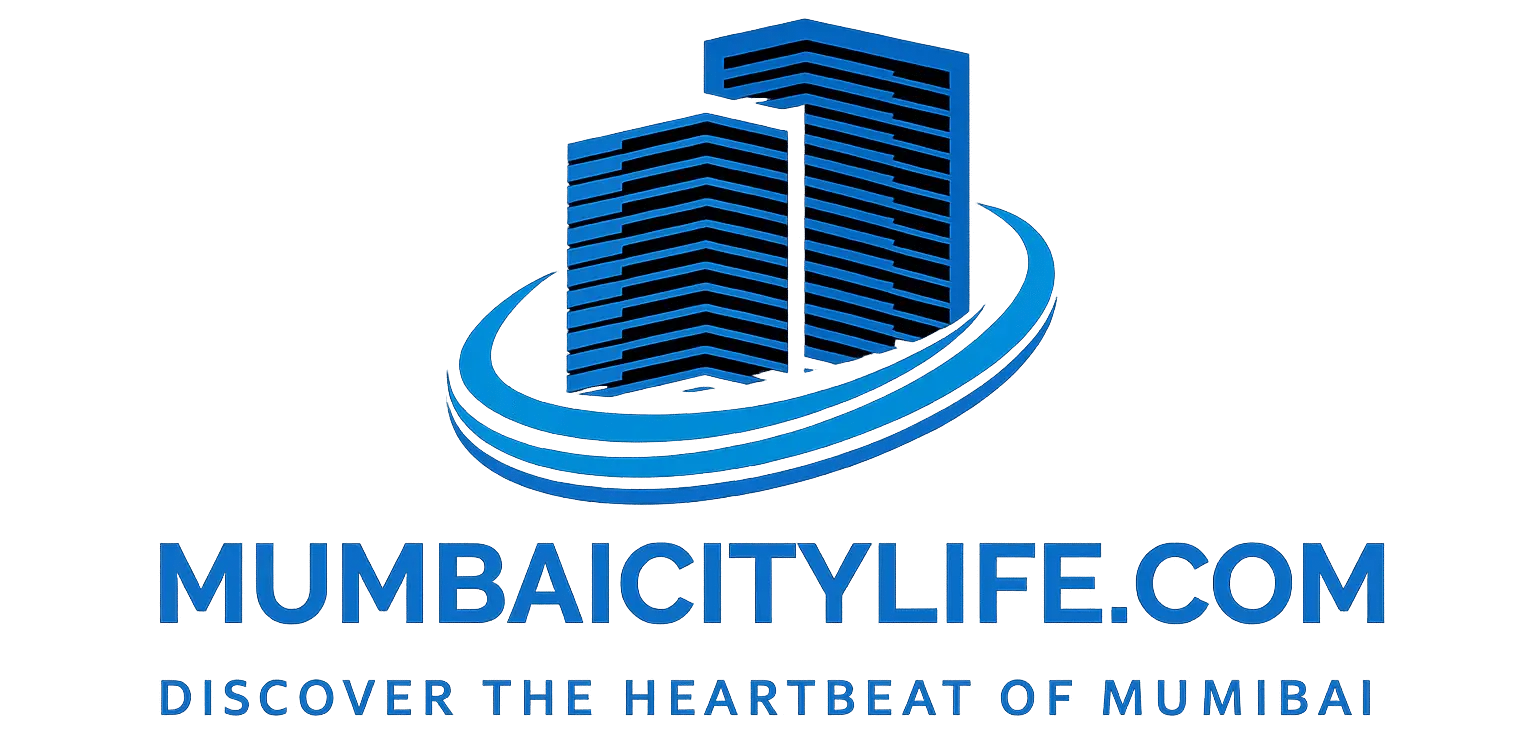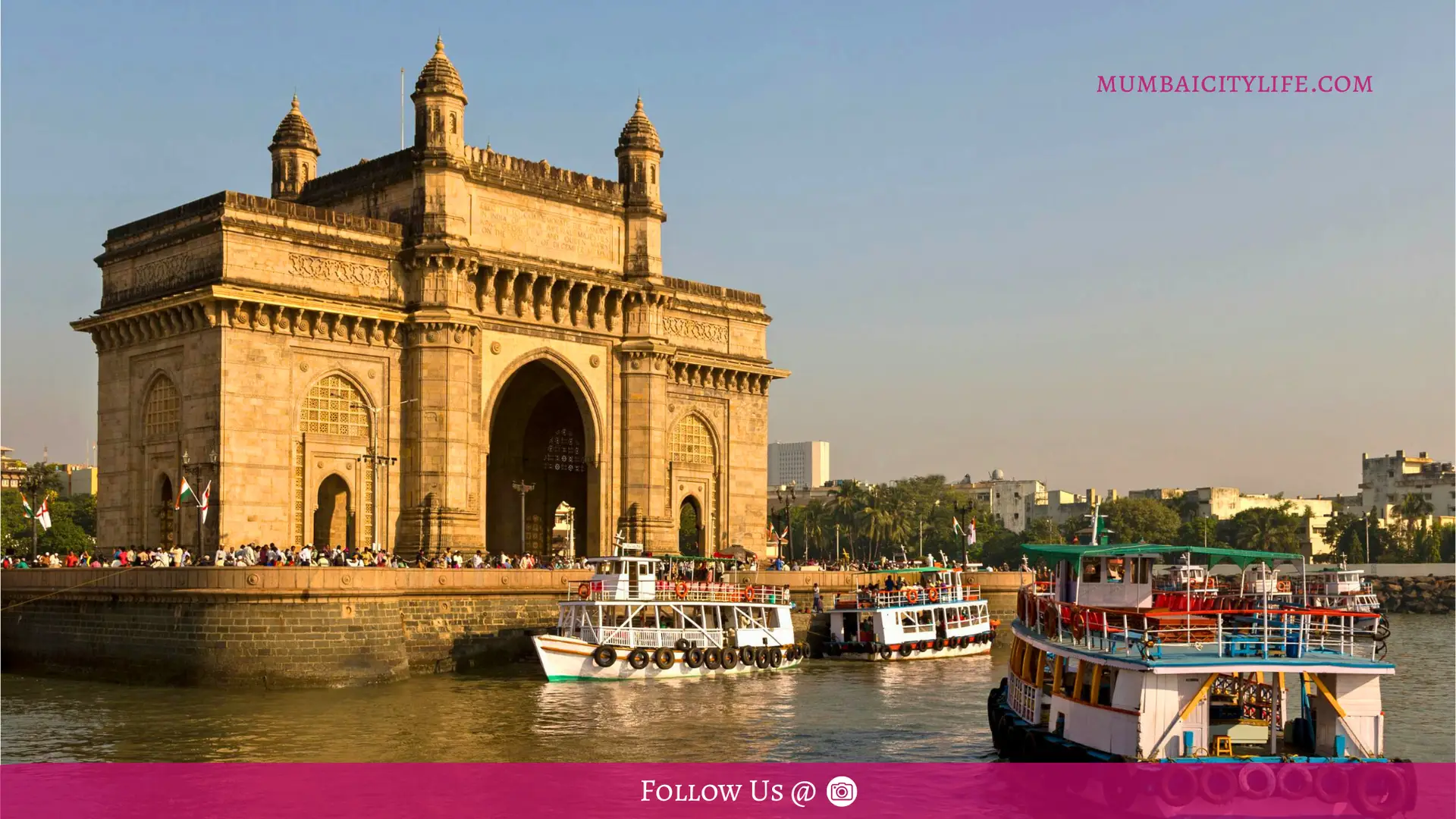Gateway of India – Mumbai’s Majestic Icon

Introduction
The Gateway of India stands proudly on Mumbai’s waterfront at Apollo Bunder, welcoming visitors since its completion in 1924. Originally built to mark the landing of King George V and Queen Mary in 1911, this Indo-Saracenic triumphal arch has evolved into Mumbai’s most recognizable symbol. It has witnessed colonial ceremonies and the departure of British troops in 1948, making it a living chapter of history.
History & Significance
- 1911: Royal visit triggers decision to construct a grand gateway.
- 1913: Foundation laid by Governor Sir George Clarke.
- 1914: Architect George Wittet finalizes design.
- 1924: Completed and inaugurated by Viceroy Earl of Reading.
- 1948: Last British troops exit through the Gateway, marking India’s independence moment.
Symbolism Over Time
- Entrance of Power: Served as an official entry point to India for dignitaries arriving by sea
- Architectural Blend: Merges Hindu, Muslim, and Roman design elements in a blend of styles
- A Living Monument: Today, it remains a venue for events, celebrations, and daily life. It’s also featured during festivals and Navy Day ceremonies
Architecture & Design
Materials & Structure
- Crafted from yellow basalt stone and reinforced concrete, its 26-meter-high arch stands flush with its courtyard
Indo-Saracenic Style
- Inspired by 16th-century Gujarati architecture, the arch draws from both Hindu temple and Muslim mosque designs, merged with Roman triumphal arch themes.
Architectural Highlights:
- Height: ~85 feet
- Central Dome: ~83 ft high, 48 ft diameter
- Four Turrets & Latticework: Beauty in detail with honeycomb-pattern crenellations and carved turrets
- Octopylon Base: Modeled after classical arches including Paris’s Arc de Triomphe du Carrousel
Visiting Gateway of India Today
Best Time to Visit
- Early mornings (7–9 AM): Peaceful, fewer crowds
- Late afternoons/evenings: Iconic sunsets with golden light hugging the arch
- Cool season (Oct–Mar): Comfortable weather for long walks
How to Reach
- By Train: Nearest stations: CST (~2.5 km) or Churchgate (~2 km)
- By Road: Taxis, autos, and BEST buses (111, 112, 124 etc.) serve the area
- By Air: ~25 km from Mumbai Airport, ~₹700–1000 by cab
Things to Do
- Photography: Iconic angles with the Taj Mahal Palace & Marine Drive backdrop
- Ferry Rides: Explore Elephanta Caves or take scenic harbor cruises
- Street Stroll: Enjoy local snacks like vada pav, shop souvenirs at Colaba Causeway
- Attend Events: From Navy Day ceremonies to sailing regattas and laser shows
Nearby Attractions
- Taj Mahal Palace Hotel: Iconic neighbor with colonial grandeur
- Colaba Causeway: Bustling market & café stretch
- Marine Drive: Just a short ride away—perfect for evening breezes
- Elephanta Caves: UNESCO site accessible via ferr
- Prince of Wales Museum: Rich Indo-Saracenic architecture, just a stroll away
Travel Tips from a Local Taxi Driver
- Avoid weekends and holidays to escape crowds.
- Metal detectors in use—keep your bag minimal
- Freshen up early: Restrooms near cafés cost less than official ones .
- Secure your belongings: Watch for pickpockets in busy areas
- Book ferry tickets early for Elephanta boats (approx ₹150–200)
Preservation & Cultural Role
- Managed by ASI: Regular restoration and cleaning efforts.
- Digitally archived: Scanned by CyArk/Seagate in 2019 for heritage preservation
- Cultural hub: Venue for celebrations, candle lighting (Hanukkah), and social gatherings .
What is the height of the Gateway of India?
It stands at approximately u003cstrongu003e26 meters (85 feet)u003c/strongu003e tall
Is there an entry fee?
No, entrance is u003cstrongu003efree for everyoneu003c/strongu003e, all year round
When is the best time to visit?
Optimal months are u003cstrongu003eOctober to Marchu003c/strongu003e; early mornings and late evenings offer the calmest and most scenic experience
Can you take a ferry to Elephanta from here?
Yes, boats depart throughout the day, with u003cstrongu003eferry rides to Elephanta Caves priced at ₹150–200u003c/strongu003e
How do I reach the Gateway by train?
Hop off at u003cstrongu003eCST or Churchgateu003c/strongu003e, then take a taxi, auto, or walk (~15–20 min)u003cbru003eu003cemu003ePro Tip: Take Share Taxi from here to Gateway Of India(30 Rupees Per Person)u003c/emu003e
Are there guided tours available?
Yes, u003cstrongu003elocal guides and travel companiesu003c/strongu003e offer walking and boat tours that include historical insights .u003cbru003eu003cemu003ePro Tip: Take Mumbai Darshan Bus for Full day Sightseeing (500 Rupees Per Person)u003c/emu003e
Conclusion
The Gateway of India is not just an architectural marvel—it’s the heart of Mumbai. Commissioned by the British, completed by Indians, and adored by all, its story symbolizes both colonial legacy and India’s hard-won independence. Visit during sunrise or sunset, enjoy a ferry ride, taste street food, and lose yourself in the city’s rhythm right at the water’s edge.


Good and informative
Thank You for visiting again
Explore more: https://mumbaicitylife.com/mumbai-city-of-dreams-a-local-taxi-drivers-ultimate-guide2025/